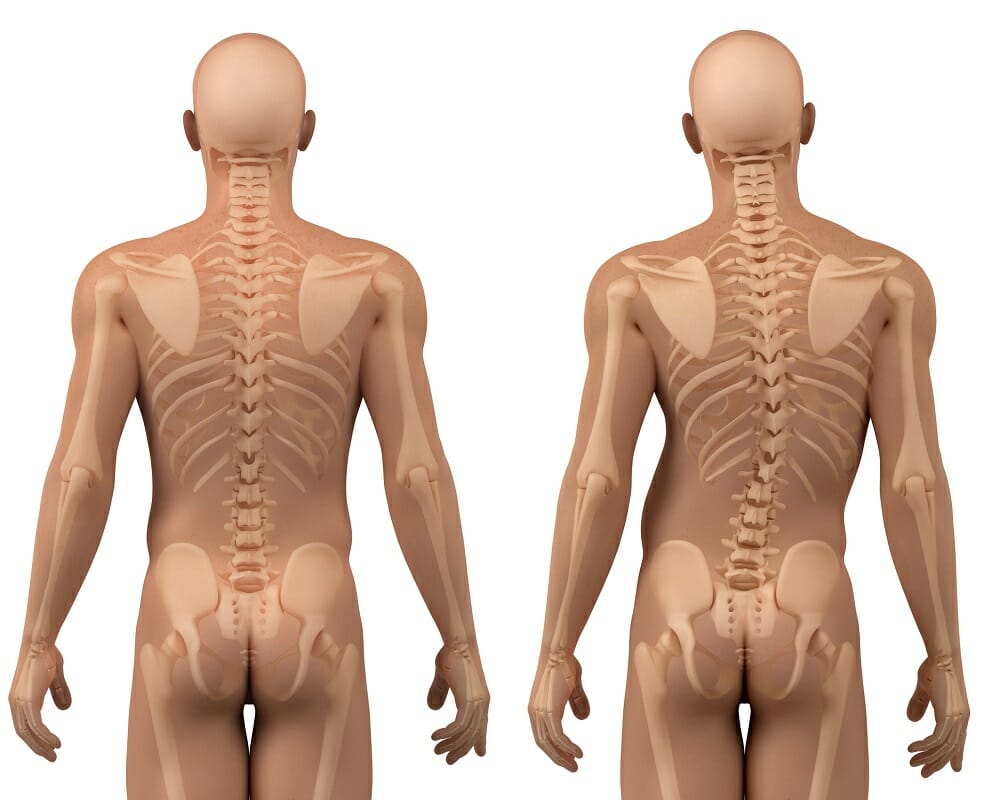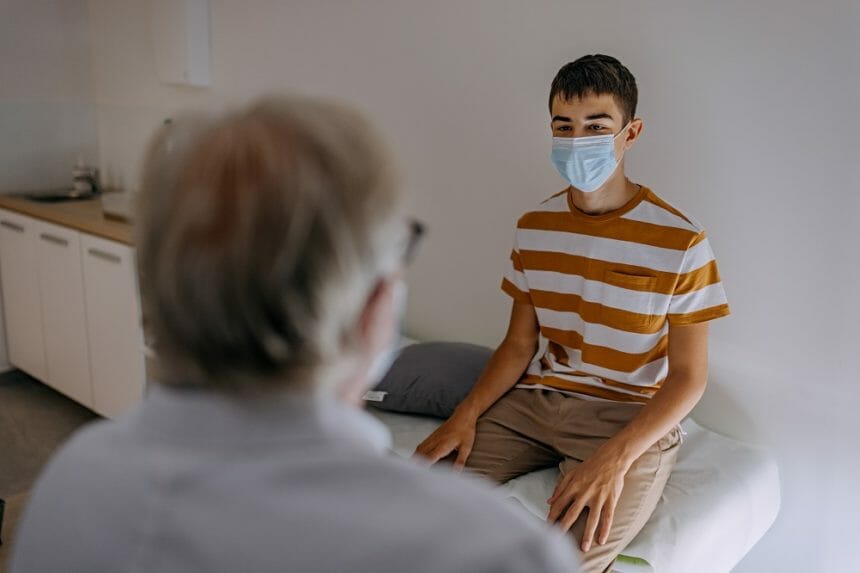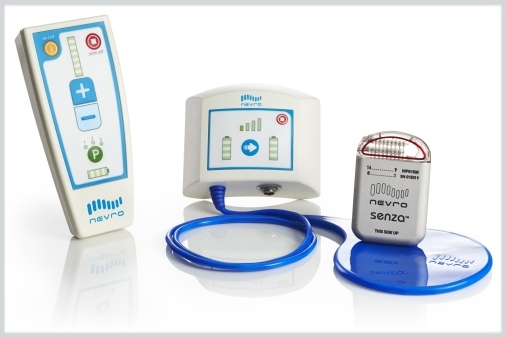Posterior spinal fusion for adolescent idiopathic scoliosis is an invasive orthopedic procedure that can result in severe postoperative pain that often includes an opioid-based pain management regimen. A recent study conducted by researchers from the University of Michigan’s C.S. Mott Children’s Hospital in Ann Arbor aimed to determine the effects of combining preoperative patient education with adherence to evidence-based opioid prescribing guidelines in patients undergoing posterior spinal fusion for adolescent idiopathic scoliosis.
Study results, which have been published in the Journal of Pediatric Orthopaedics, suggest that proactively prescribing fewer opioids prior to posterior spinal fusion in adolescents resulted in less opioid consumption without increased risk of inadequate postoperative pain control.
G. Ying Li, MD, chief of pediatric orthopedic surgery at C.S. Mott Children’s Hospital and senior author of the study, provided additional commentary on these findings.
What advice can you provide colleagues on how to have productive conversations about postoperative opioid management in the preoperative stage with patients undergoing posterior spinal fusion and their parents?
Dr Li: Collecting data on pain medication use after commonly performed procedures allows providers to have an evidence-based preoperative discussion about the anticipated duration of postoperative pain and medication requirements with patients undergoing posterior spinal fusion and their parents. This helps set expectations with the family but also guides providers on discharging patients with a prescription for an appropriate quantity of opioids.
The importance of multimodal pain management, including the role of nonopioid analgesics, is a critical discussion to have with patients and parents prior to surgery.
How would you counsel patients and parents who voice concerns specifically regarding chronic postfusion pain that persists beyond the expected acute operative phase?
Dr Li: Since we have data on the average duration of postoperative pain and medication use after spinal fusion in this patient population, we use this information to counsel patients and parents about their concerns. We also counsel families about the role of nonopioid analgesics and nonpharmaceutical methods to manage chronic pain in the rare event that this should occur.
Can you comment on the use of multimodal postoperative analgesia in your practice? To what extent does neuraxial blocks play a role in postoperative pain control?
Dr Li: All patients with idiopathic scoliosis undergoing a primary posterior spinal fusion receive a dose of gabapentin the preoperative area. After anesthesia induction in the operating room, they receive an injection of intrathecal morphine.
Postoperatively, they receive oxycodone, acetaminophen, ketorolac, diazepam, and gabapentin.
At hospital discharge — which is usually postoperative day 2 — patients are prescribed a standardized amount of oxycodone, acetaminophen, ibuprofen, and diazepam. All medications are dosed based on patient weight, and the frequency of the medication dosing is standardized.
References:
Corinna Panlilio Sison, MD, is the director of clinical strategy for the Haymarket Medical Network, part of the Medical Communications Group of Haymarket Media. She received her BA in biology from the University of Pennsylvania and her MD from the University of Medicine and Dentistry of New Jersey.






